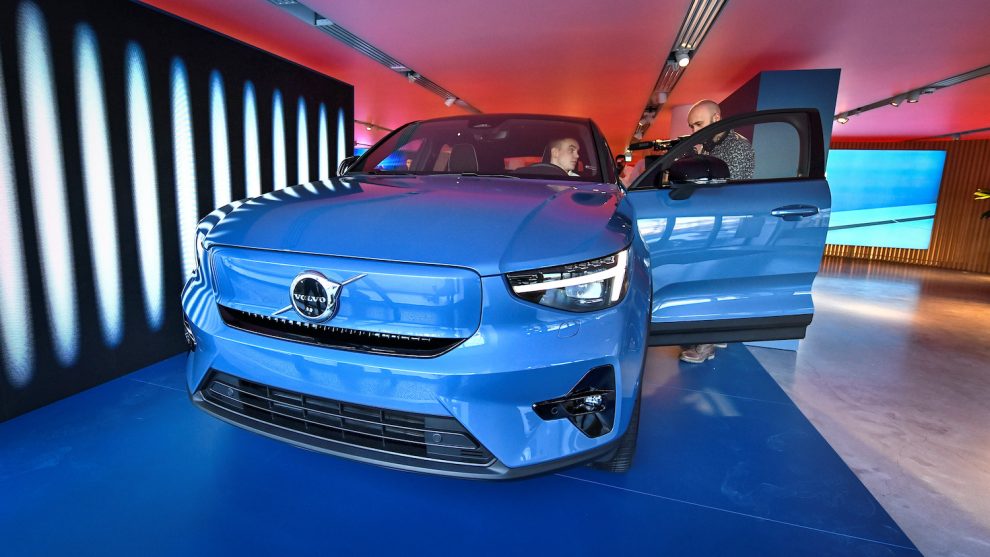Chinese-owned Volvo Cars said on Tuesday that it would invest nearly 1 billion euros ($1.14 billion) in its historic plant in Sweden to switch its production to electric vehicles (EVs).
The factory, which opened in 1964, is the oldest and largest of the Gothenburg-based carmaker, with nearly 6,500 employees, producing 1,250 vehicles per day.
The Swedish subsidiary of China’s Geely, which announced last March that it will move to a 100% electric range by 2030, will make this investment in the Torslanda plant “in coming years”.
This investment comes on the heels of another major project in Volvo’s electrification strategy, the construction of a joint factory with Swedish battery maker Northvolt, also near Gothenburg.
Part of a research and development centre, the battery factory will eventually employ 3,000 people and is part of an investment of around 3 billion euros.
From 2019 Volvo Cars has limited itself to only selling hybrid or all-electric models, and is one of the most advanced manufacturers of EVs.
But car manufacturers worldwide are rapidly moving towards EVs and are increasing the number of factory conversions to move away from the combustion engine.
French company Renault is investing in its Douai site in northern France, as is Volkswagen in Zwickau in Germany and the Japanese company Nissan in Sunderland, UK.
- AFP, with additional editing by George Russell
READ MORE:
How The Chinese Tycoon Driving Volvo Plans to Tackle Tesla
Volvo Cars to Take Full Control of its Chinese Business
Volvo Ups Stake in EV firm Polestar as China’s Geely Eyes US Market
























